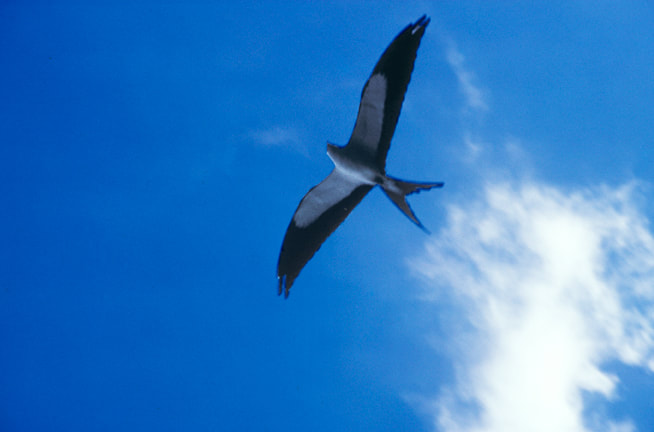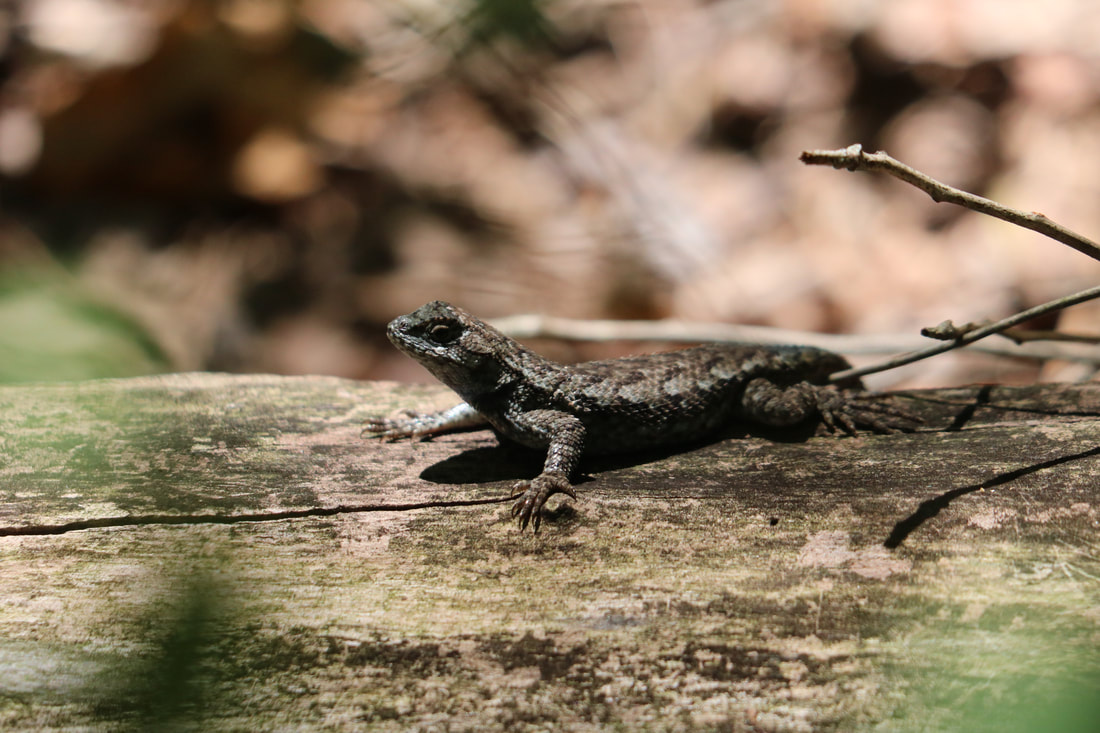Tennessee. It appeared as an installment of my regular column Nature's Bookshelf.
Nature’s Bookshelf
By Ray Zimmerman
Peter Matthiessen
“No one can doubt that the whole world confronts an unprecedented impoverishment of the diversity of life.” – Wildlife in America, 1959
Great books are sometimes born of great adversity. This is certainly the case with Peter Matthiessen’s book The Snow Leopard, winner of the National Book Award. It is perhaps his best known book, written during his travels on foot through the Himalayas with wildlife biologist George Schaller. Schaller was planning to do field research on the mating behavior of the Himalayan blue sheep, and hoping to get a glimpse of the rare snow leopard.
The Snow Leopard is as much autobiography and meditation as it is natural history. It consists of a series of journal entries made each day during the trek. The physical journey is mirrored by his spiritual quest. Matthiessen’s second wife, Deborah Love, had died of cancer just two years before he made this journey. His son Alex lived with relatives while he was gone. Alex and Deborah populate his journals as much as the people who inhabit the wild landscape through which he is treks.
When Matthiessen reached the village named Shey, sitting on the slopes of Crystal Mountain, it was early November. Already the snows were threatening to trap the party in the mountains for the winter. It was appropriately here, at Crystal Mountain, that his thoughts crystallized. Matthiessen, a practicing Buddhist, was granted an audience with the Lama of Shey. His journal includes a record of their memorable meetings and the natural beauty of Crystal Mountain. At this point he remembered his wife’s favorite Zen meditation, “No snowflake falls in the wrong place.” His personal, spiritual, and natural history observations formed a unified whole as he walked homeward across the mountains.
Although publication of The Snow Leopard and the subsequent receipt of the National Book Award brought Matthiessen the writer to the attention of a larger audience, he had already begun to establish his reputation as a writer and naturalist. Before graduation from Yale University, he had published fictional works, spent a year studying at the Sorbonne, and co-founded the acclaimed literary journal, Paris Review. Shortly after graduation he traveled throughout North America, recording observations of wildlife and learning the history of human interaction with North American wildlife. This journey resulted in the publication of his now classic work Wildlife in America, published in 1959 by Viking Penguin. A copy of this book resides in the permanent collection at the White House.
Matthiessen has continued to travel and lead wildlife expeditions throughout his life. In 1991, Random House published The Peter Matthiessen Reader: Nonfiction 1959-1991. This book contains selections from his nonfiction works published up to that time. The books are records of his investigations of the natural history and indigenous peoples of Africa, Asia, North and South America, and New Guinea. They give tremendous insight into the vanishing biodiversity and cultural diversity of these regions.
The Peter Matthiessen Reader also contains sections of Sal Si Puedes, the story of labor organizer Cesar Chavez, and In the Spirit of Crazy Horse, the story of Lakota activist Leonard Peltier. Although Peltier was convicted of killing two FBI agents at the Pine Ridge Reservation in South Dakota, Matthiessen documented the insubstantial nature of the case against him. Former South Dakota governor William Janklow and others brought a law suit against Matthiessen and Viking Press after publication of this book. The suit was eventually thrown out of court as baseless, but cost the publishers insurers nearly $3 million in legal fees. Even though the book was republished in 1991, the suit is said to have had chilling repercussions in the publishing world.
For a man born in 1927, as Matthiessen was, the publication of The Peter Matthiessen Reader could have been the cap to a great career. Not so for Matthiessen. He has continued to publish both fiction and nonfiction since 1991. His fictional work, Killing Mr. Watson, was the first book in a well received trilogy of historical murder mysteries set in South Florida. He has also published three recent nonfiction books.
Perhaps the most significant of the three is End of the Earth: Voyages to Antarctica. In this gem Matthiessen describes two voyages to Antarctica, one departing from Tierra del Fuego, and the other from Tasmania. The book includes historical vignettes on polar exploration, whaling and sealing. He includes information on many polar explorers; Nansen, Amundsen, Shakleton, Ross, Scott, and others. He also describes first hand encounters with Antarctic wildlife and descriptions of research stations, wrecked ships, and abandoned outposts, especially the one at South Georgia Island. He contrasts the luxury he and his fellow travelers experience on board the vessel Kapitan Khlebnikov with the hardships suffered by early explorers. End of the Earth is a complete book on the Antarctic. It includes extensive discussion of current and past threats to Antarctic wildlife and the environmental quality in the region.
Mathiessen’s voyages to Antarctica took place during the 1990’s. During that same decade, he was traveling world wide with wildlife biologists and documenting their research on the several species of cranes found worldwide and also researching the worldwide population of tigers. Two nonfiction books grew out of these travels, The Birds of Heaven, and Tigers in the Snow. Each is a delightful read in its own right, including historical insights into human interactions with these creatures.
Matthiessen has been called America’s greatest Natural History writer in the literary tradition. I certainly place him among the best, and hope that he will give us more insights into wild nature and exhortations to preserve the world’s wildlife and the landscape in which it lives.
Sidebar
Also by Peter Matthiessen
At Play in the Fields of the Lord
Random House 1965
This fictional work describes the trials of four fundamentalist missionaries and a soldier of fortune in South America. It was nominated for the National Book Award.
On the River Styx and Other Stories
Random House, 1989
This book is a collection of short stories originally published in periodicals. Very enjoyable read.
Sand Rivers
1981
This book is one of four which Matthiessen wrote documenting wildlife safaris in Africa. It is the story of a foot safari into the Selous, one of Africa’s largest wildlife reserves.
Nine Headed Dragon River
Shambala, Boston, 1986
This book is a collection of Zen meditations.


 RSS Feed
RSS Feed